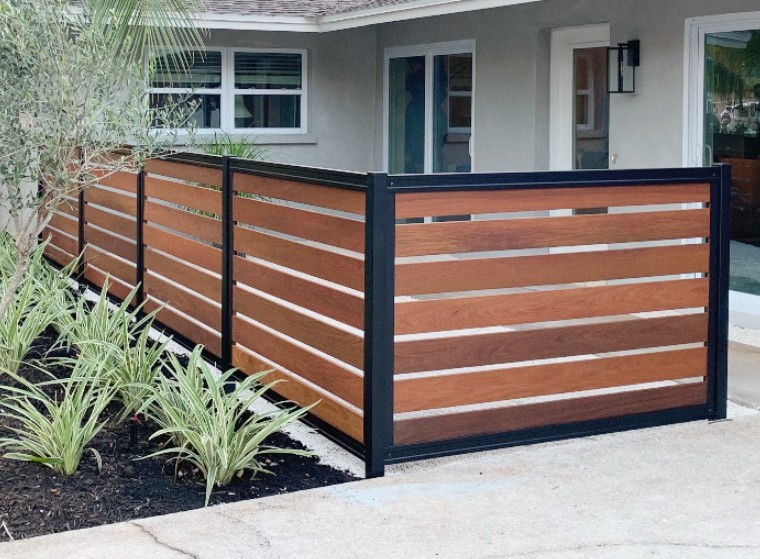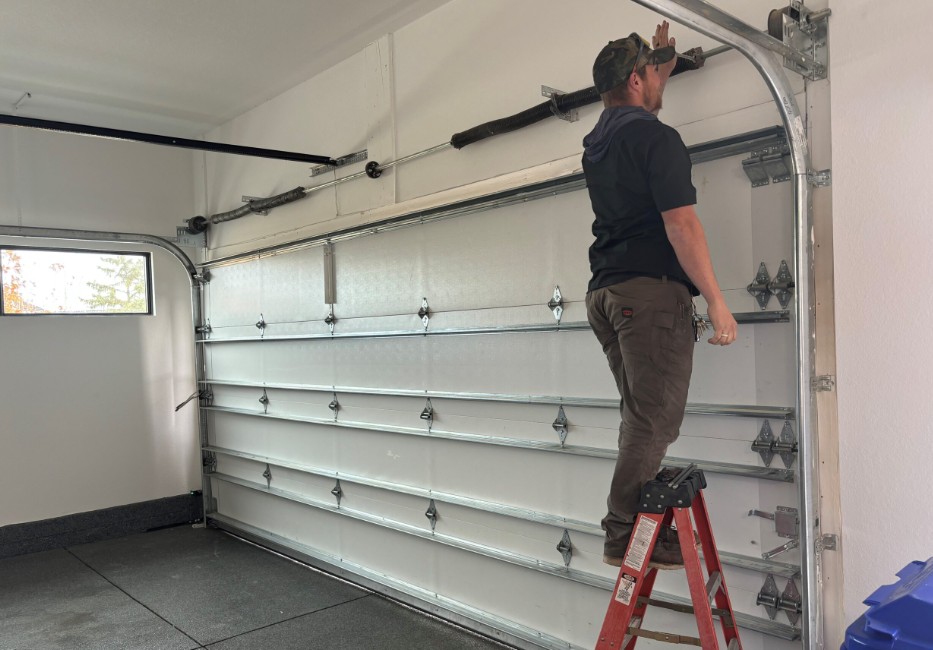The Ultimate Guide to Choosing the Perfect Wood Fence for Your Home

A wood fence is a timeless and versatile option for homeowners looking to enhance privacy, security, and curb appeal. Whether you’re aiming for a rustic charm or a modern aesthetic, a wood fence can be customized to fit your needs. In this guide, we’ll explore the benefits, types, maintenance tips, and installation considerations for wood fences to help you make an informed decision.
Why Choose a Wood Fence?
A wood fence offers numerous advantages that make it a popular choice among homeowners:
- Natural Aesthetic Appeal– Wood provides a warm, organic look that blends seamlessly with any landscape.
- Customization Options– You can stain, paint, or leave it natural to match your home’s exterior.
- Durability– High-quality wood like cedar, redwood, or pressure-treated pine can last for decades with proper care.
- Privacy & Security– A solid wood fence creates a barrier that keeps intruders out and pets or children safe inside.
- Cost-Effective– Compared to vinyl or metal, wood is often more affordable while still offering great functionality.
Types of Wood Fences
There are several styles of wood fences, each serving different purposes:
- Privacy Fence
- Typically 6 to 8 feet tall
- Uses tightly spaced vertical boards (e.g., board-on-board or stockade style)
- Ideal for backyard enclosures
- Picket Fence
- Shorter (3 to 4 feet tall) with spaced-out vertical pickets
- Classic choice for front yards, offering a charming look
- Split Rail Fence
- Rustic design with horizontal rails between posts
- Often used for large properties or decorative boundaries
- Lattice Fence
- Features crisscrossed wood strips for a semi-private, decorative touch
- Great for garden borders or patio accents
- Shadowbox Fence
- Alternating panels on either side of the rails for a semi-private look
- Allows some airflow while still providing privacy
Best Wood for Fencing
Not all wood is equal when it comes to fencing. Here are the best options:
- Cedar– Naturally resistant to rot, insects, and warping. Has a pleasant aroma and attractive grain.
- Redwood– Durable and weather-resistant, but more expensive.
- Pressure-Treated Pine– Affordable and treated to resist decay and pests.
- Spruce or Fir– Budget-friendly but requires more maintenance.
Maintenance Tips for Your Wood Fence
To keep your wood fence looking great for years, follow these maintenance steps:
- Regular Cleaning– Use a mild detergent and water to remove dirt and mildew.
- Staining or Sealing– Apply a protective sealant every 2-3 years to prevent weathering.
- Inspecting for Damage– Check for loose boards, rot, or insect damage annually.
- Trimming Vegetation– Keep plants and vines away to avoid moisture retention.
Installing a Wood Fence: DIY vs. Professional Help
DIY Installation
- Pros:Saves money, customizable, and rewarding.
- Cons:Time-consuming, requires tools, and mistakes can be costly.
Hiring a Professional
- Pros:Faster, ensures proper installation, and often comes with warranties.
- Cons:More expensive upfront.
Steps for DIY Wood Fence Installation
- Plan & Measure– Check property lines and local regulations.
- Mark Post Locations– Typically 6-8 feet apart.
- Dig Post Holes– Depth should be 1/3 of the post height.
- Set Posts in Concrete– Ensure they are level and plumb.
- Attach Rails & Pickets– Nail or screw boards securely.
Cost of a Wood Fence
The price of a wood fence depends on:
- Material(cedar vs. pine)
- Height & Length
- Labor Costs
On average, expect:
- $10-$30 per linear footfor materials
- $20-$50 per linear footwith professional installation
Conclusion
A wood fence is a fantastic investment for any homeowner seeking beauty, privacy, and durability. By choosing the right type of wood, maintaining it properly, and deciding between DIY or professional installation, you can enjoy a stunning wood fence for years to come.





